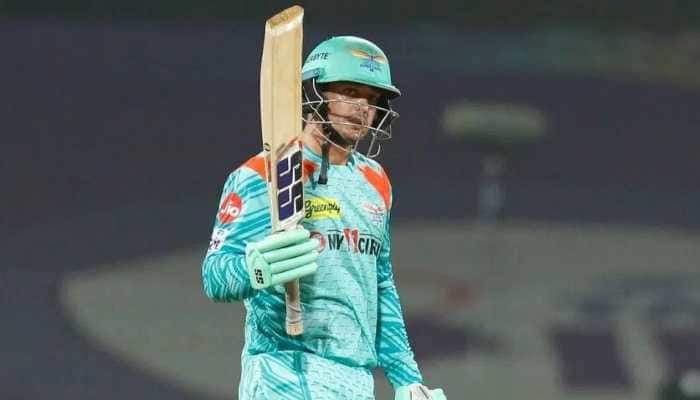ISRO efforts to contact lost Chandrayaan-2 Vikram lander to go on for 14 days, Orbiter lifespan 7 years
ISRO chairman K Sivan said 90 to 95 per cent of the mission objectives have been accomplished.
Trending Photos
Indian Space Research Organisation (ISRO) chairman K Sivan Saturday said that the space agency will continue trying to establish link with the lost Vikram lander for the next 14 days. He further added that the estimated life of the Chandrayaan-2 Orbiter is now seven years instead of one year.
"The last portion was not executed the right way, in that phase only we lost the link with the Lander, and could not establish communication subsequently. Right now the communication is lost. We will try to establish a link for the next 14 days," Sivan said in a televised interview to Doordarshan.
He added that 90 to 95 per cent of the mission objectives have been accomplished.
Chandrayaan-2 comprised of three parts – the Orbiter, Lander (Vikram) and Rover (Pragyan). In the last stage snag, the communication link between the moon lander Vikram and the moon orbiter was snapped as the former was descending towards the moon's South Pole early on Saturday.
READ: Chandrayaan-2 lunar mission continues, 'cutting-edge science' expected from Orbiter
The Orbiter is still in contact with ISRO and is expected to beam back critical information. The Orbiter camera has the highest resolution camera (0.3m) among all lunar missions executed till date and will provide high-resolution images which will be immensely useful to the global scientific community.
“Chandrayaan2 mission was a highly complex mission, which represented a significant technological leap compared to the previous missions of #ISRO to explore the unexplored south pole of the Moon,” tweeted the space agency.
#Chandrayaan2 mission was a highly complex mission, which represented a significant technological leap compared to the previous missions of #ISRO to explore the unexplored south pole of the Moon.
For more updates please visit https://t.co/4vIrztVnng — ISRO (@isro) September 7, 2019
In a statement, ISRO said, “Chandrayaan-2 mission was a highly complex mission, which represented a significant technological leap compared to the previous missions of ISRO, which brought together an Orbiter, Lander and Rover to explore the unexplored south pole of the Moon. Since the launch of Chandrayaan-2 on July 22, 2019, not only India but the whole world watched its progress from one phase to the next with great expectations and excitement. This was a unique mission which aimed at studying not just one area of the Moon but all the areas combining the exosphere, the surface as well as the sub-surface of the moon in a single mission.”
“The Orbiter has already been placed in its intended orbit around the Moon and shall enrich our understanding of the moon’s evolution and mapping of the minerals and water molecules in the Polar Regions, using its eight state-of-the-art scientific instruments,” it added.
“The precise launch and mission management has ensured a long life of almost seven years instead of the planned one year. The Vikram Lander followed the planned descent trajectory from its orbit of 35 km to just below 2 km above the surface. All the systems and sensors of the Lander functioned excellently until this point and proved many new technologies such as variable thrust propulsion technology used in the Lander. The success criteria was defined for each and every phase of the mission and till date 90 to 95% of the mission objectives have been accomplished and will continue contribute to Lunar science, notwithstanding the loss of communication with the Lander,” it said.
Stay informed on all the latest news, real-time breaking news updates, and follow all the important headlines in india news and world News on Zee News.
Live Tv






)
)
)
)
)
)
)
)
)
)
